Nestled in the lap of the eastern Himalayas, Gangtok is one of India’s most beautiful and peaceful hill stations with best places to see in gangtok. With its pristine streets, panoramic views of Kanchenjunga, peaceful monasteries, and rich Sikkimese culture.
Yet, many who visit only skim the surface—drawn to the well-known tourist spots that often feel crowded and overdone.
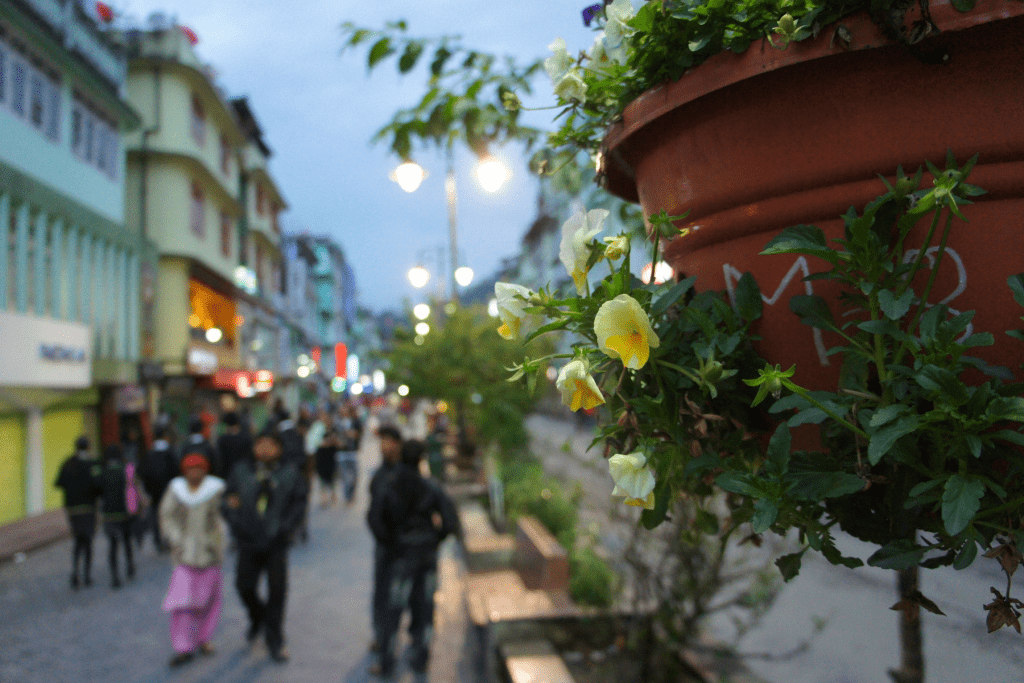
In doing so, they unknowingly miss the true spirit of the city—the quiet corners, the scenic viewpoints with no rush, the peaceful monasteries echoing with chants, and the lesser-known places where local life unfolds against a backdrop of clouds and mountains.
This guide reveals Gangtok’s most rewarding places to see—not just the popular stops, but those offbeat, peaceful, and culturally rich spots where the city breathes freely.
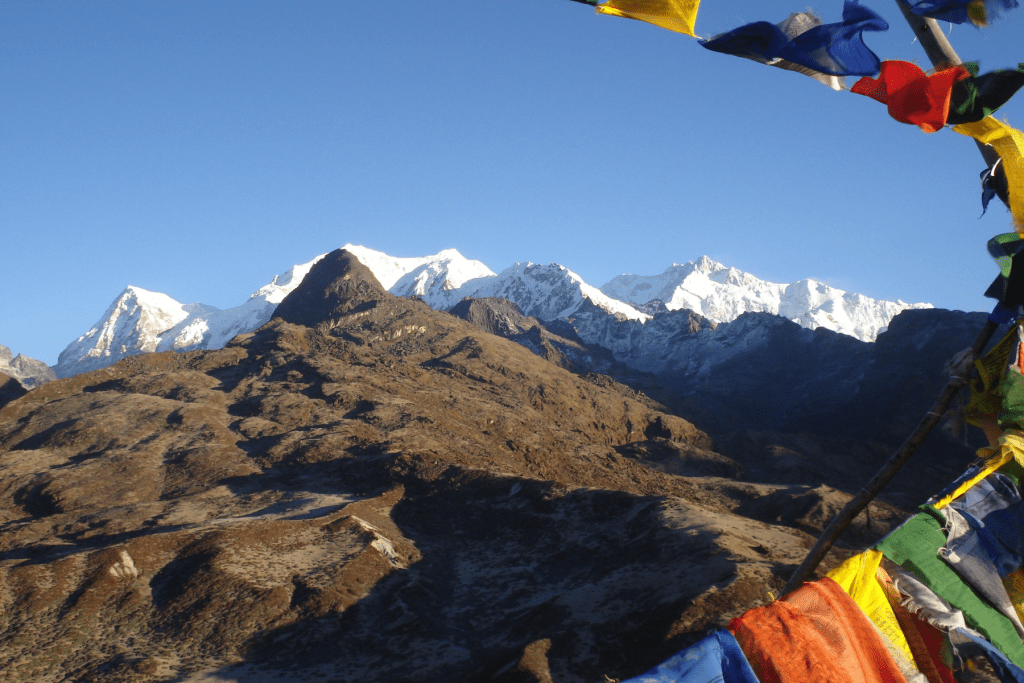
Whether it’s a viewpoint tucked away from crowds or a monastery soaked in silence, each place listed here invites you to slow down, look deeper, and experience Gangtok at its most genuine and beautiful.
1. MG Marg – The Heartbeat of Gangtok
At the center of Gangtok lies MG Marg, a spotless, traffic-free stretch that feels more like a public lounge than a street. Framed by colorful buildings, prayer flags, and blooming planters, it’s a space where the pace of the city naturally slows down.
No honking, no vehicles—just the soft hum of conversations, the inviting aroma of freshly steamed momos, and the charm of local cafés serving traditional Sikkimese tea.
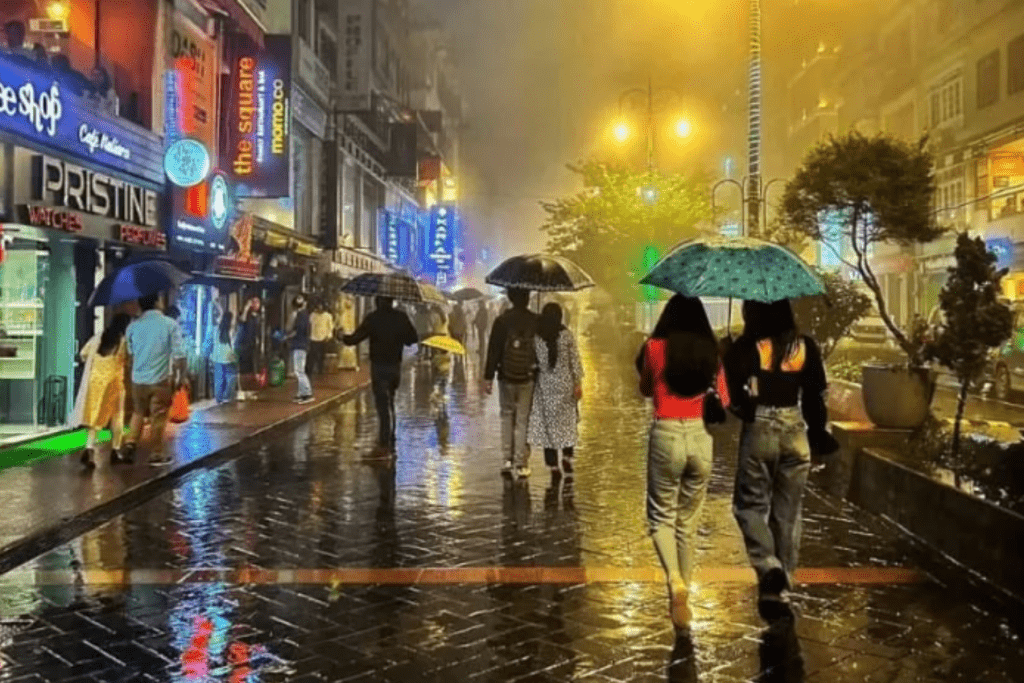
It’s a place to wander without a plan, browse through handicraft stores, watch street performances, or simply sit on a bench and take in the crisp mountain air.
Consistently listed among the Best Places to See in Gangtok, MG Marg isn’t just a commercial area—it’s Gangtok’s social soul, where culture, community, and calm coexist effortlessly.
Even at its busiest, it remains clean, welcoming, and wonderfully walkable—making it one of the few places where being still feels just as rewarding as exploring.
2. Rumtek Monastery – A Spiritual Retreat in the Hills
Among the Best Places to See in Gangtok, Rumtek offers more than just a visit—it offers a moment of stillness.
Tucked away in the hills about 23 km from the city, this monastery stands as a symbol of spiritual depth and architectural beauty. As the seat of the Karmapa Lama, Rumtek is one of the most significant centers of Tibetan Buddhism in India.
Its golden roofs, intricate carvings, and peaceful courtyards are steeped in centuries of tradition and devotion.
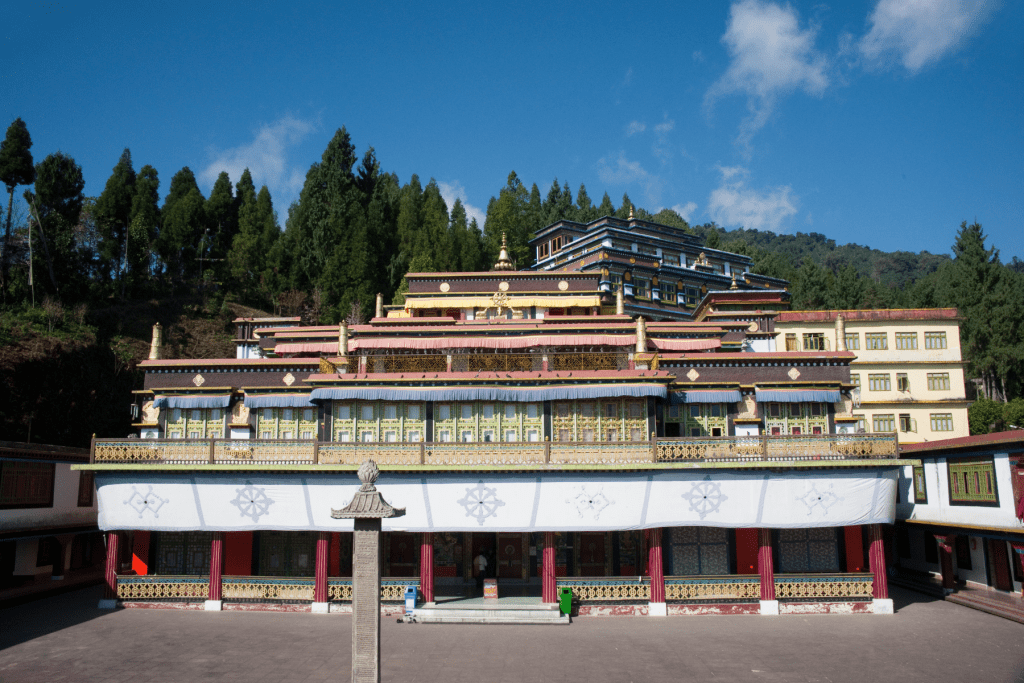
The journey to Rumtek winds through forested roads and quiet villages, preparing the mind for the calm that awaits.
Once inside, the atmosphere shifts—monks in crimson robes pass silently, prayer wheels spin slowly, and the soft sound of chanting carries through the halls.
Set against panoramic views of the surrounding valleys, Rumtek isn’t just a destination—it’s a place to pause, reflect, and feel a deeper connection to Sikkim’s spiritual soul.
3. Tashi View Point – Where the Mountains Greet the Morning
Ranked among the Best Places to See in Gangtok, Tashi View Point offers a sunrise that feels less like a routine and more like a revelation.
Perched on the edge of the city, this quiet lookout becomes a stage each morning where Kanchenjunga and its sister peaks slowly emerge from shadow, catching the day’s first light. The colors shift gently across the snow—amber, rose, silver—until the full majesty of the Himalayas stands in silence before the sky.
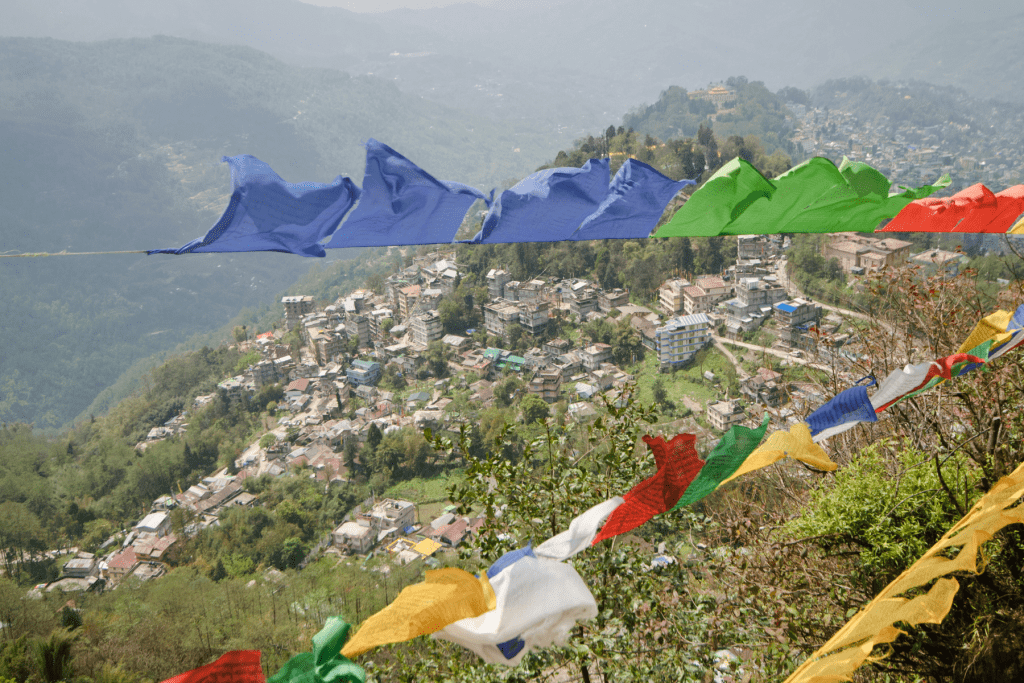
Unlike overly commercial viewpoints, this one remains humble, open, and deeply atmospheric. The cool air, the stillness of dawn, and the unbroken view combine to create a sense of awe that lingers long after the sun has risen.
Tashi View Point isn’t just a place to take photographs—it’s a place to feel the scale of the world around, and to begin the day with something truly rare: quiet wonder.
4. Hanuman Tok – A Sacred View Above the Clouds
Quietly resting on one of Gangtok’s highest ridges, Hanuman Tok is often listed among the Best Places to See in Gangtok, not just for its altitude—but for the profound peace it offers. The moment the road begins to climb toward this temple, the city sounds fade, replaced by crisp air, dense forests, and open sky.
Perched at over 7,000 feet, this serene shrine dedicated to Lord Hanuman feels almost suspended above the world.
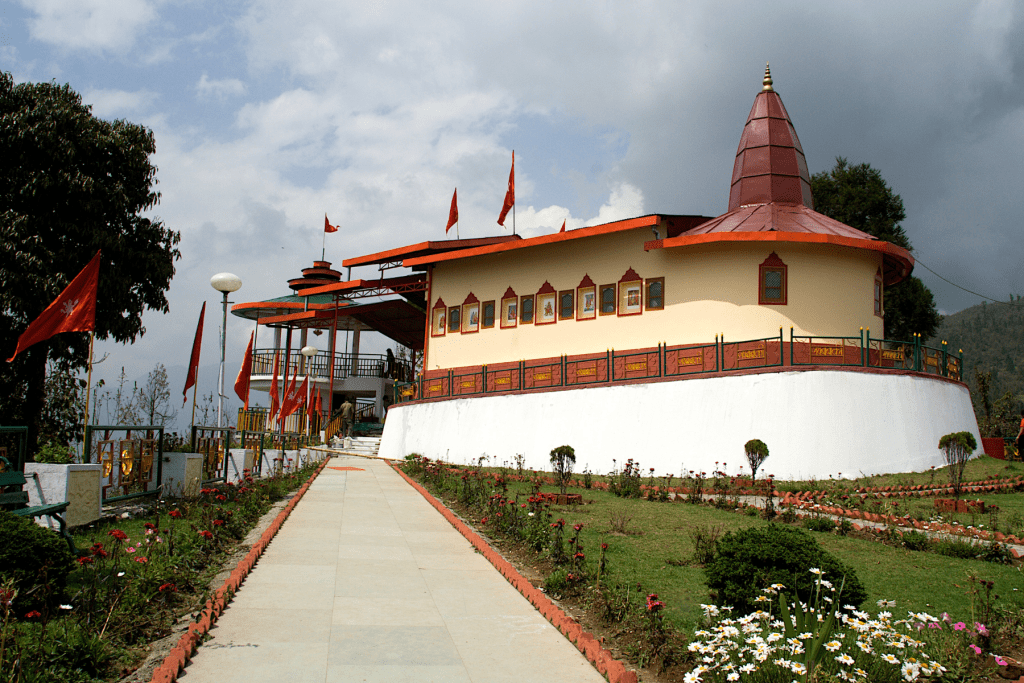
On a clear day, the viewpoint unveils a vast panorama—sweeping valleys, distant snow peaks, and the entire city of Gangtok quietly nestled in the hills below.
More than just a religious site, Hanuman Tok offers a space for reflection—clean, calm, and beautifully maintained by the Indian Army.
It is one of those rare places where the spiritual and the scenic meet effortlessly, inviting not just prayer, but presence.
In every sense, it lifts the spirit—making it a stop that’s as grounding as it is elevating.
5. Banjhakri Falls – Nature, Folklore, and Forest Air
Tucked within a forested park just a few kilometers from the city, Banjhakri Falls blends the wild energy of a natural waterfall with the quiet storytelling of Sikkimese folklore. It’s not just a photo stop—it’s an immersive space where myth and landscape come alive together.
Ranked among the Best Places to See in Gangtok, this site features a 100-foot cascade surrounded by walking trails, bamboo groves, and sculptures inspired by shamanic legends.
The name “Banjhakri” itself refers to a mythical forest healer—and the park honors that spirit through its blend of natural elements and cultural symbolism.
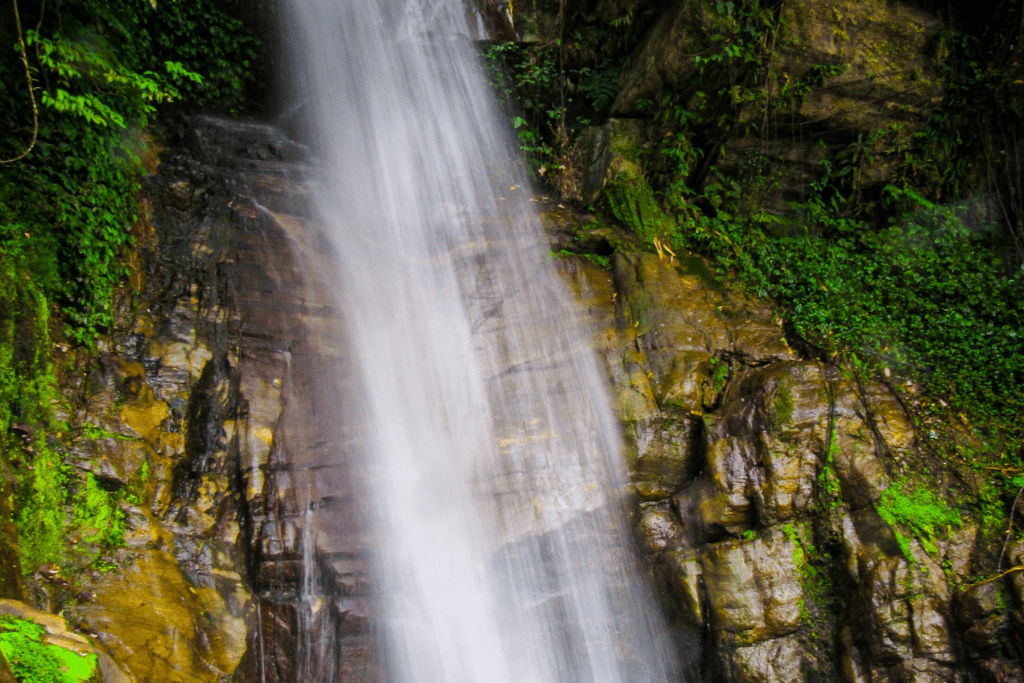
The sound of rushing water, birdsong, and rustling trees makes this space feel far removed from the city—even though it’s just a short drive away.
With stone bridges, quiet corners, and picnic spots under the canopy, it’s easy to spend an unhurried afternoon here.
Whether for its refreshing atmosphere, storytelling sculptures, or forested calm, Banjhakri Falls offers a different side of Gangtok—playful, peaceful, and rooted in tradition.
6. Namgyal Institute of Tibetology – A Gateway to Sikkim’s Spiritual Heritage
Quietly nestled among pine trees just outside the city center, the Namgyal Institute of Tibetology stands as a bridge between the present and Sikkim’s deep spiritual past.
With its traditional Tibetan architecture and peaceful surroundings, the institute offers an experience that feels more like entering a monastery than a museum.
Among the Best Places to See in Gangtok for those drawn to history, culture, or Buddhism, this institute houses one of the largest collections of Tibetan texts, ritual objects, ancient thangkas, and sacred relics outside Tibet.
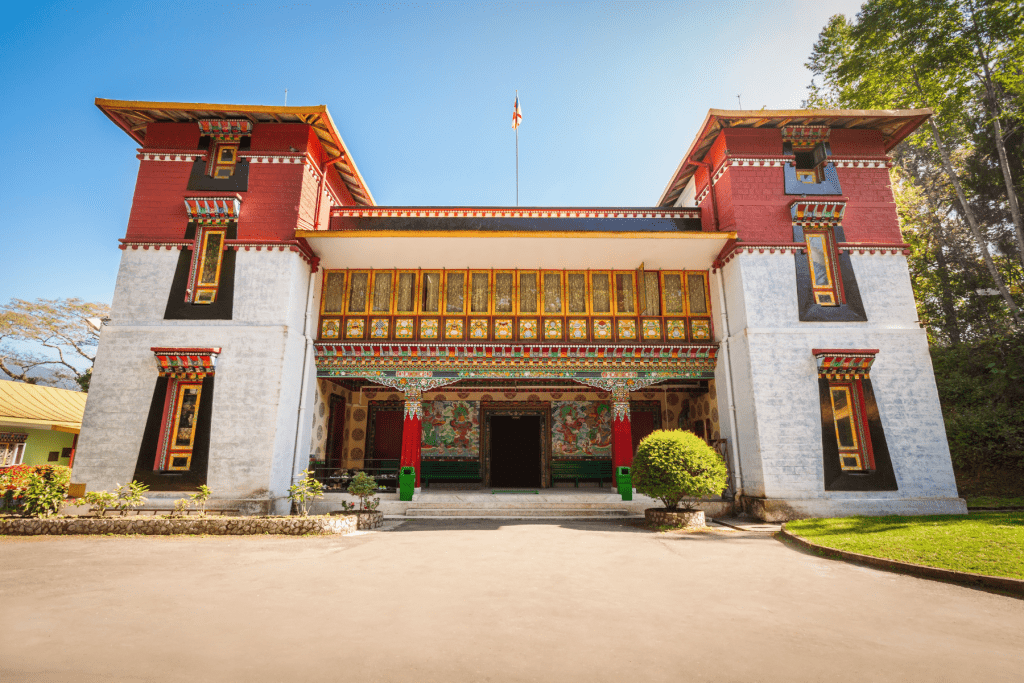
Each artifact tells a story—not just of religion, but of resilience, migration, and devotion.
The atmosphere is hushed, scholarly, and deeply reflective. Walking through its quiet halls, it’s easy to feel a connection to something older and wiser than the present moment.
Far from the usual noise of sightseeing, this space invites curiosity and contemplation—a meaningful pause in any journey through Gangtok.
Conclusion – More Than a Destination
Gangtok isn’t defined by any one attraction—it’s a city that reveals itself in layers. The places listed here are not just stops on a tourist map; they are windows into the spirit of Sikkim—quiet monasteries echoing with chants, viewpoints wrapped in morning mist, and spaces where nature and culture hold equal ground.

Among the Best Places to See in Gangtok, each location offers something distinct: a moment of stillness, a view that stays with you, or a deeper understanding of the land’s history and soul.
What makes these places truly special is not how many people visit them, but how they make one feel—welcomed, grounded, and quietly in awe.
Whether visiting for a day or staying for longer, let Gangtok be more than a backdrop. Let it be experienced slowly, meaningfully, and with a sense of presence.
Frequently Asked Questions
1. What is the best time to visit Gangtok?
The best time to visit Gangtok is from March to May and October to December, when the skies are clear, temperatures are pleasant, and mountain views are at their best.
2. How many days are enough to explore Gangtok?
A stay of 3 to 4 days is ideal to explore Gangtok comfortably, including local sightseeing and nearby attractions.
3. Is a permit required to visit certain places around Gangtok?
Yes, permits are required for visiting Tsomgo Lake, Nathula Pass, and parts of North Sikkim. These can be arranged through registered tour operators in Gangtok.
4. Is MG Marg open every day?
Yes, MG Marg is open daily, though some shops may remain closed on Tuesdays, which is a common local holiday.
5. How far is Rumtek Monastery from Gangtok city?
Rumtek Monastery is located about 23 kilometers from the city center and takes approximately 45 to 60 minutes to reach by car.
6. Are taxis easily available for local sightseeing in Gangtok?
Yes, private and shared taxis are readily available. Many local tours follow fixed routes with standard rates set by the tourism board.
7. What should be worn in Gangtok?
Pack layers for changing temperatures, even in summer. Comfortable walking shoes, a light jacket, and rain protection are recommended.
8. Are the places mentioned suitable for families and children?
Yes, all listed places including MG Marg, Hanuman Tok, and Banjhakri Falls are family-friendly and safe for children.
9. Is Gangtok safe for solo travelers?
Gangtok is one of the safest hill stations in India, with friendly locals, low crime rates, and a welcoming environment for solo visitors.
10. Are there any offbeat or less crowded places in Gangtok?
Yes, spots like Hanuman Tok, Namgyal Institute of Tibetology, and Enchey Monastery offer a quieter, more reflective experience away from the crowds.